|
*This post contains affiliate links. I receive small commissions for purchases made through these links at no extra cost to you. These commissions help me keep this site up and running, in order for me to keep providing helpful and inspiring art content. :)
Confused as to what the similarities and differences are between watercolor and gouache? What are the main things to have in mind when combining these two painting mediums in one same piece in order to achieve the best outcome? It's no secret that watercolor and gouache can work amazingly well together. This said, it can be difficult to get the most out of their combination if we're unaware of the differences between them, as well as how we can combine their distinctive characteristics to create balanced pieces that allow both of them to shine simultaneously. Learning tips and tricks from experienced artists can definitely open up our horizons to make our ideas come to life more successfully, and this is why I've asked the amazingly talented Haydn Symons to write a post for us! In today’s blog post, U.K.-based artist Haydn Symons helps us understand the similarities and differences between watercolor and gouache, and why they are so compatible. He'll also be sharing some of his expert tips that will help us successfully integrate both mediums into one great-looking piece. Haydn is a skilled freelance illustrator and designer with a vast experience working with watercolor and gouache. Throughout the years, he has developed a very striking art style and currently works with clients worldwide within the editorial, publishing and advertising spaces. Though watercolor and gouache are his favorite painting mediums, Haydn is a multi-passionate artist that constantly explores different drawing and painting techniques, which is something I really believe in myself. Without any further ado, let’s get into Haydn’s blog post! Make sure to visit his website to check out more of his amazing work and follow him on social media. Links will be provided at the end. 3 Tips to Create Amazing Artwork Combining Watercolor and Gouache
by Haydn Symons
Combining watercolor and gouache can be a hard nut to crack, especially if you’re new to either of these painting mediums or to the world of art. In this post, I'll be sharing the main similarities and differences between them, as well as why they are perfect for each other. I'll also be providing three pro tips to keep in mind when using both of these painting mediums in one same piece. If you want to level up your use of gouache and watercolor, look no further than this blog post!
|
How have you tried combining these two painting mediums yourself? Are there any tips you’d like to share?
Haydn and I would love to hear from you in the comments section below.
A huge thanks to Haydn, for being so generous and sharing all of this useful information with us! He’s definitely inspired me to combine these two painting mediums more in my own work!
To find out more about more about Haydn and his work, visit his website/portfolio at www.haydnsymons.com
Also, follow Haydn on social media:
Instagram: https://www.instagram.com/haydnsymons/
Twitter: https://twitter.com/haydnsym
Facebook: https://www.facebook.com/haydnsymonsillustration
Hope your audience likes the blog post Erika! It was great fun creating it - feel very inspired to get my paints out :-)
I'm sure you'll be inspiring many others to do so, as well! :)
Thanks so much for being so generous and sharing these amazing tips with us, Haydn!
Talk to you, soon!
Erika
Erica...saw this on printerest. Thanks. Please note my email has changed. I had big
Password issues to resolve. Hooe you and yours are well and happy. Hugs.
Hi Vickey,
So nice to hear from you! Hope you're having a fantastic week, so far.
Thanks for letting me know about this. You've got my email. :)
Take good care of yourself and many hugs to you, too.
Erika
Interesting points! I’ve on begun using watercolors, and just ordering my 1st gouache soon, so this was very helpful. Am thinking I’ll probably want to use the gouache sparing to start 😊
Hi, Felipe!
Thanks so much for checking out this blog post. :)
I'm so happy to hear you're giving gouache a go! It's so helpful to explore different mediums, as we get to grow our skills, but also discover ourselves artistically, what we want to put out into the world, and start developing our own style!
Wish you tons of enjoyment and progress in your journey,
Erika
Thank you for this informative article. I'm off to Belgium to visit my daughter next week and I like to have my painting supply ducks in a row before I leave. I was concerned about the difference in drying times but, I plunged right in and loved the results! You have inspired me :)
Hi, Tina! :)
Thanks so much for popping by. I'm so happy to hear that you found some helpful nuggets in this one.
Wish you tons of enjoyment and progress in your art journey!
Have a beautiful and inspiring weekend,
Erika
Huh, I never would have thought to add gouache to the foreground of a watercolor painting. Well, to be fair, I've never even done watercolor painting. But I'd like to try-- it sounds like it could be fun!
Hi, there!
Thanks so much for checking this one out. :)
So happy to hear you got inspired to try this combo.
Wish you tons of progress and enjoyment in your journey,
Erika
It is a beautiful article stating about the 3 tips to combine watercolor and gouache like a pro. In order to get better information and guidance can be taken from this blog specifically. It can be really great for people like me who are looking for grabbing more knowledge about.
Hello!
Thanks so much for checking out this blog post.
Happy to hear you found it helpful!
Stay safe and have a great week ahead.
This was very informative. I was told to use Gouache with my watercolors to reinforce details. I did not want to try it until I researched it. This article has helped me and I am ready to try combining the two. Thank you!
Hi, Mary!
Glad to hear you found this one helpful. :)
Thanks so much for reading and taking time to leave a comment.
Means the world.
Have a lovely day!
Thanks for this terrific advice. Much appreciated. Have started Art Class and have a project to complete on Friday.
This is my first attempt to mix the two mediums and have not set brush to paper with Gouache as yet. I am sure that your advice will help me produce a better work than otherwise be the case. I am a 79 year old beginner.
Hey, James!
Hope you're having a great day. :)
I'm so glad to hear you've started taking art classes! How exciting!
I wish you tons of progress and, most importantly, enjoyment as you move forward in your art journey!
Thanks so much for reading and leaving a comment.
Leave a Reply.
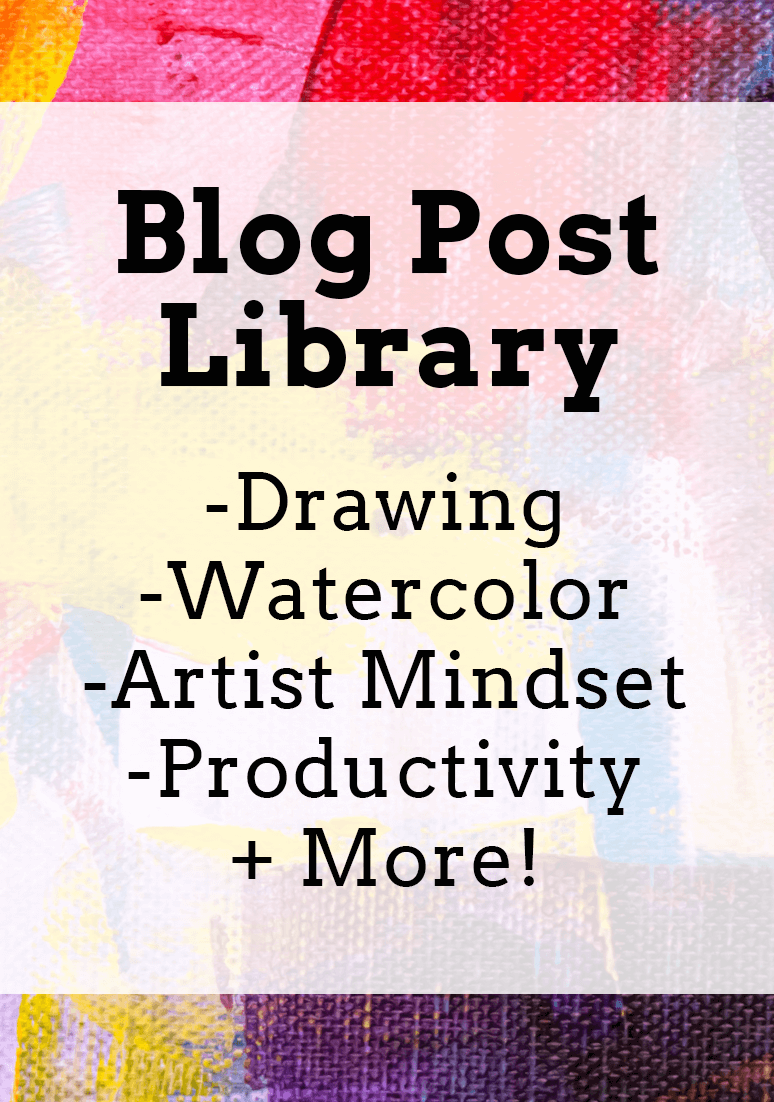
is a participant in the Amazon Services LLC Associates Program, an affiliate advertising program designed to provide a means for sites
to earn advertising fees by advertising and linking to amazon.com.
www.erikalancaster.com
is a participant in the Shareasale.com Affiliate Program, an affiliate advertising program designed to provide a means for sites to earn advertising fees by advertising and linking to Shareasale.com partner companies.

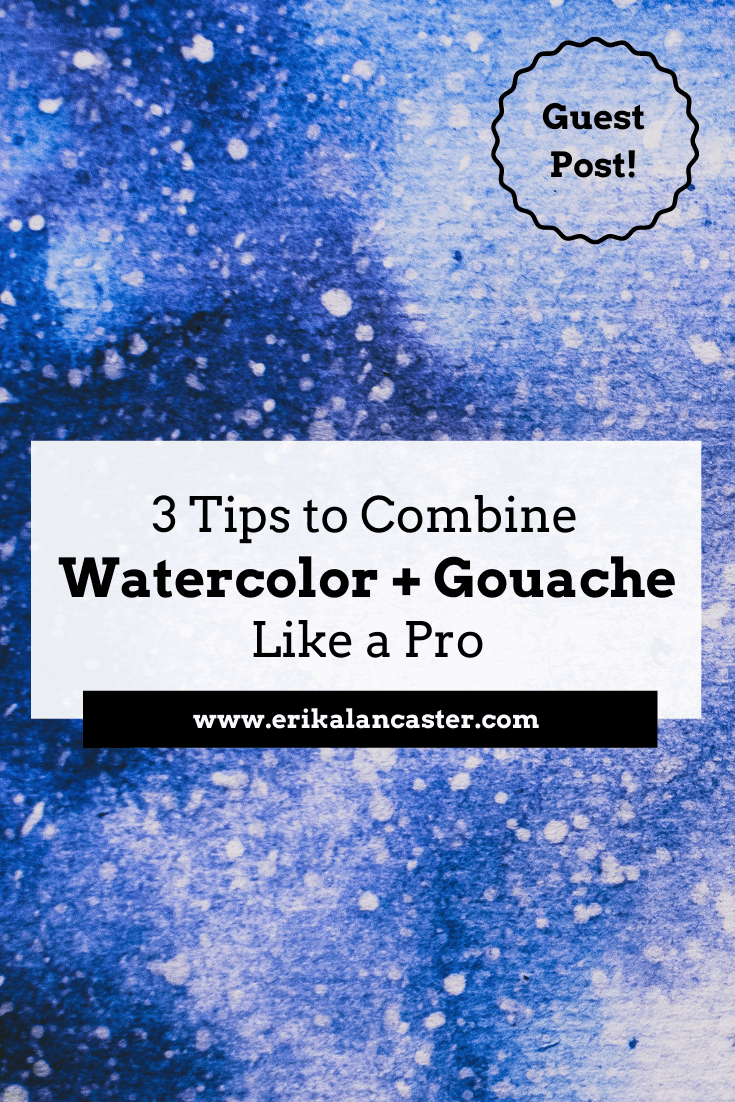
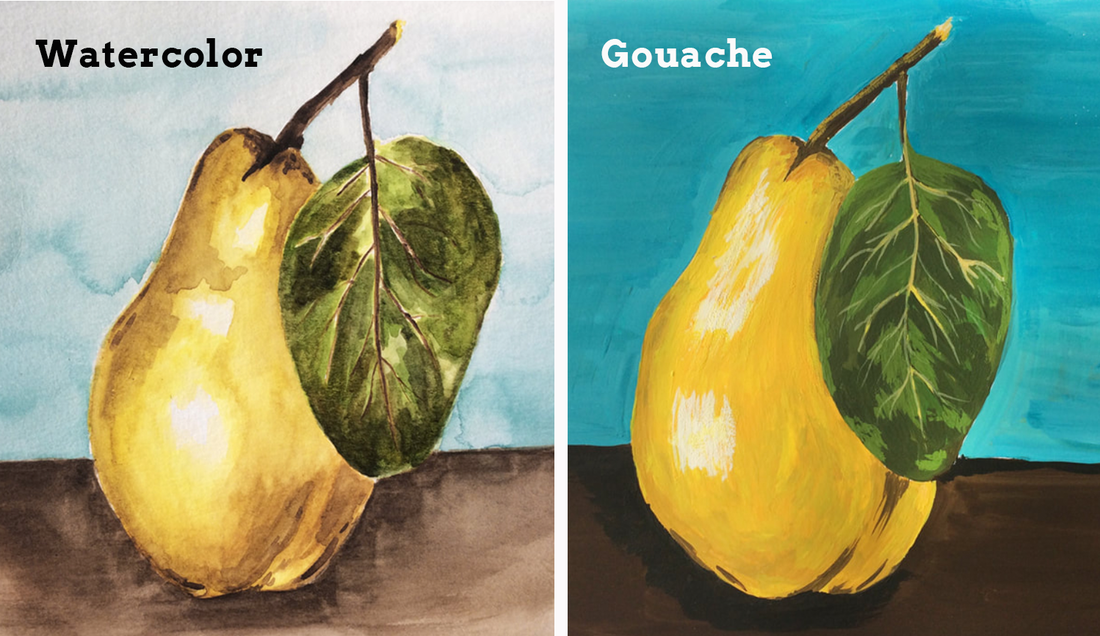
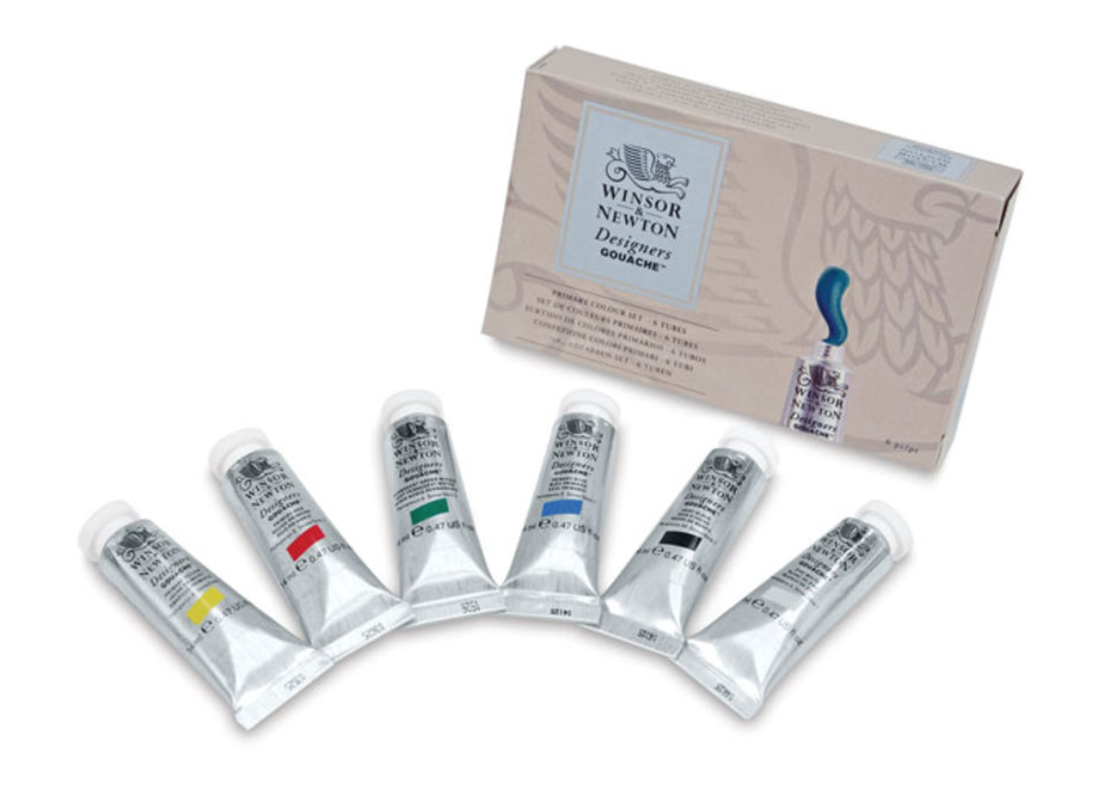
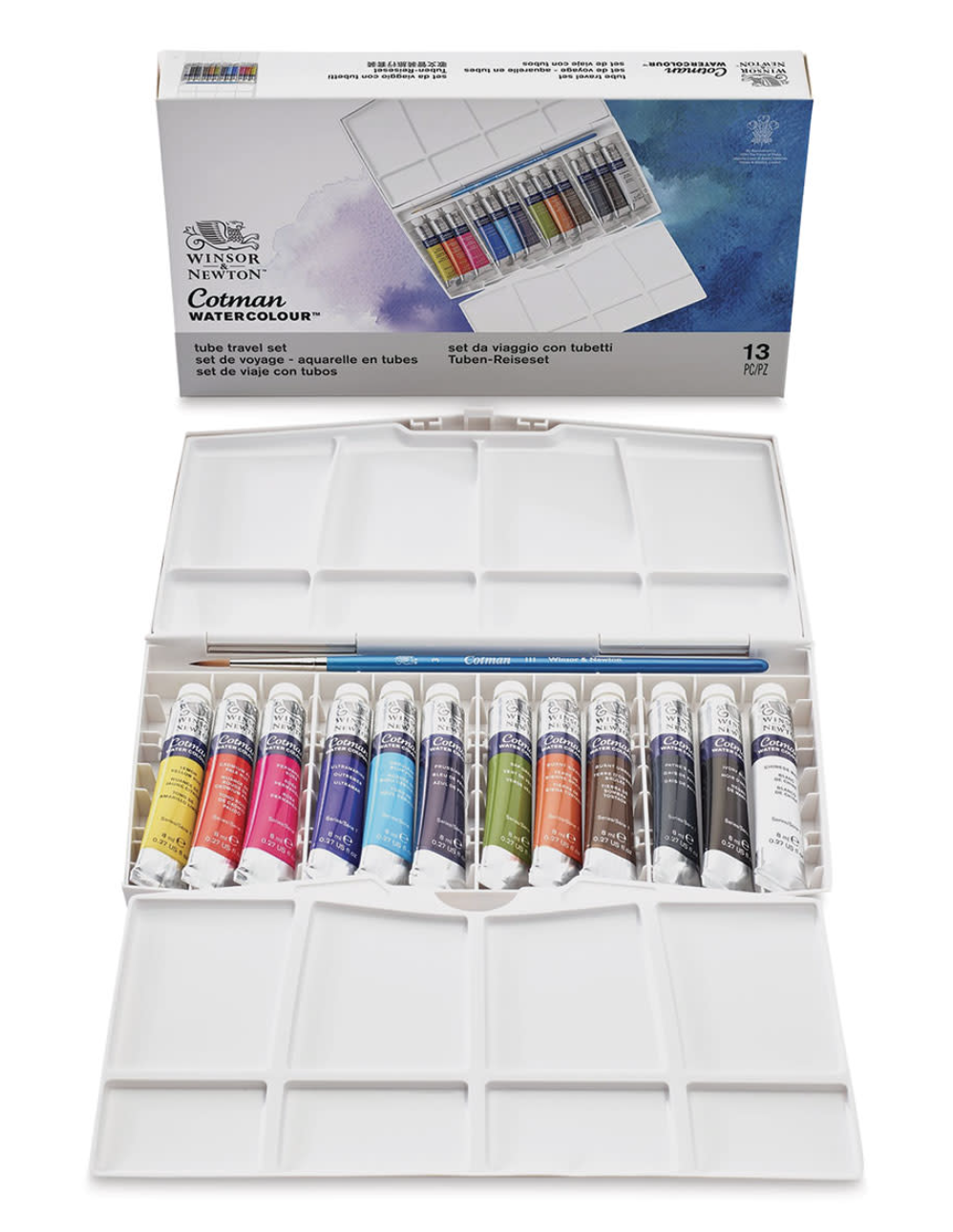
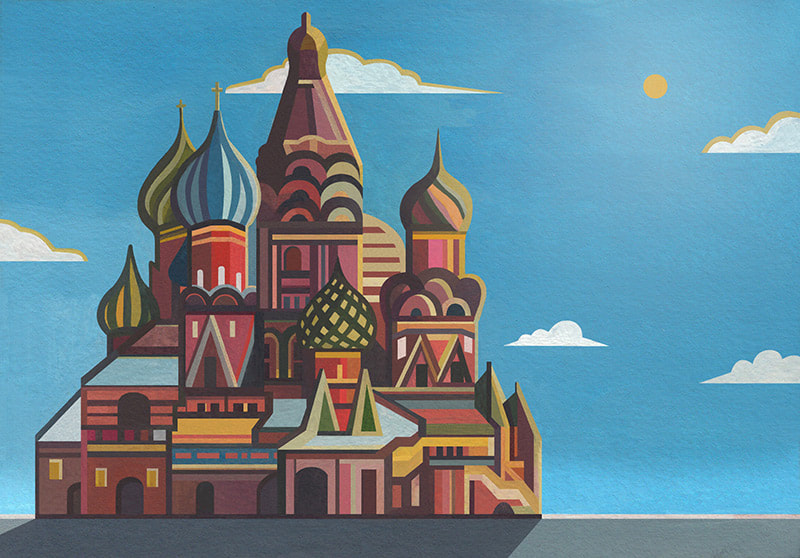
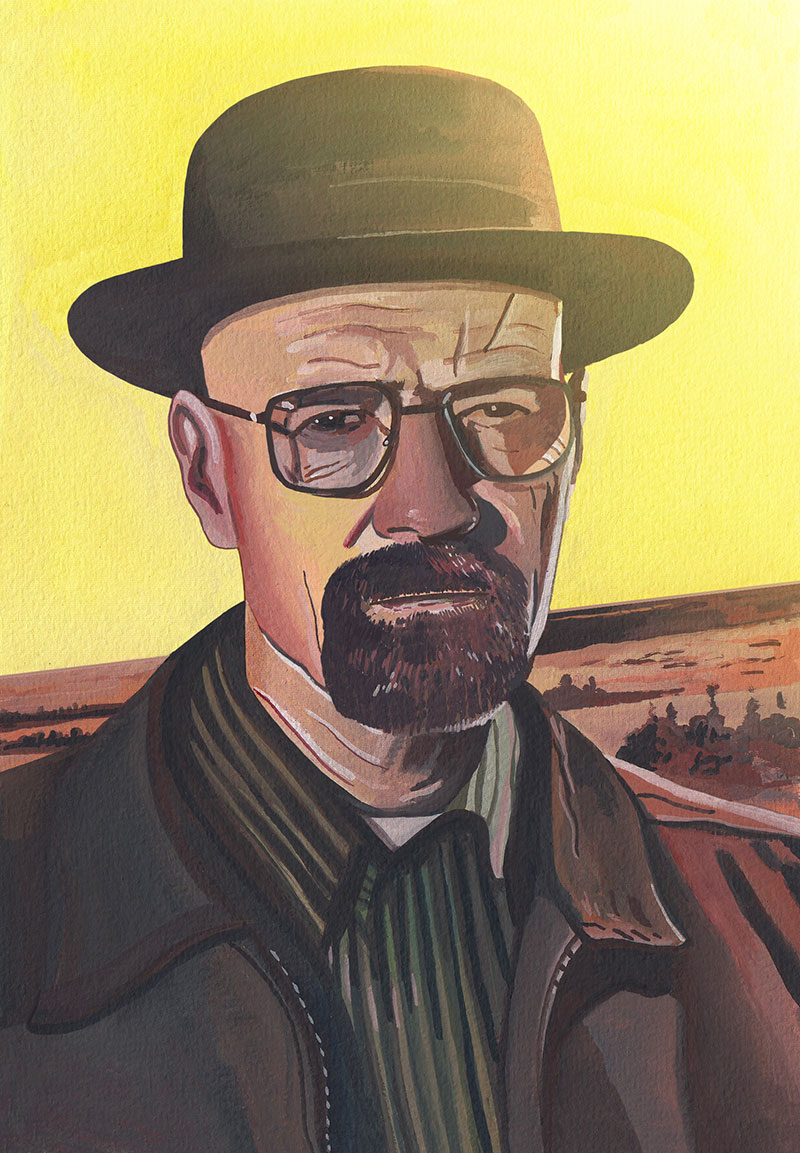
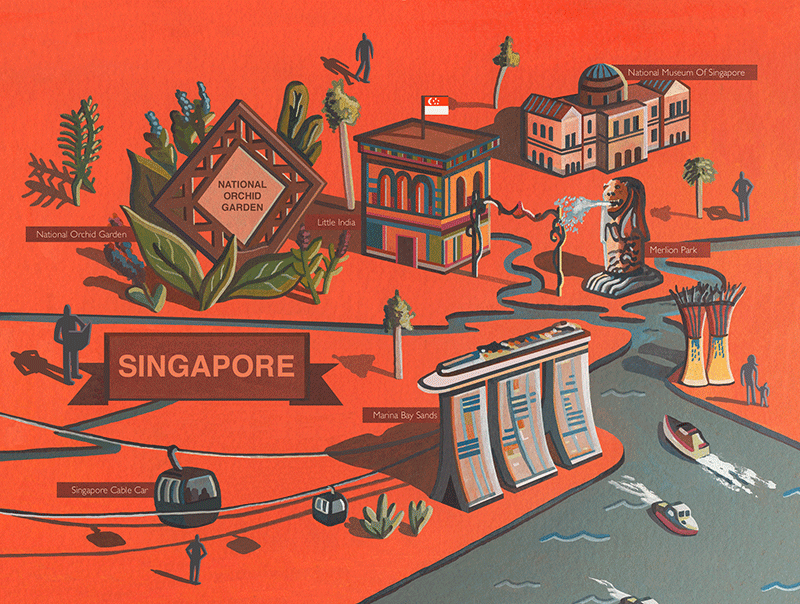
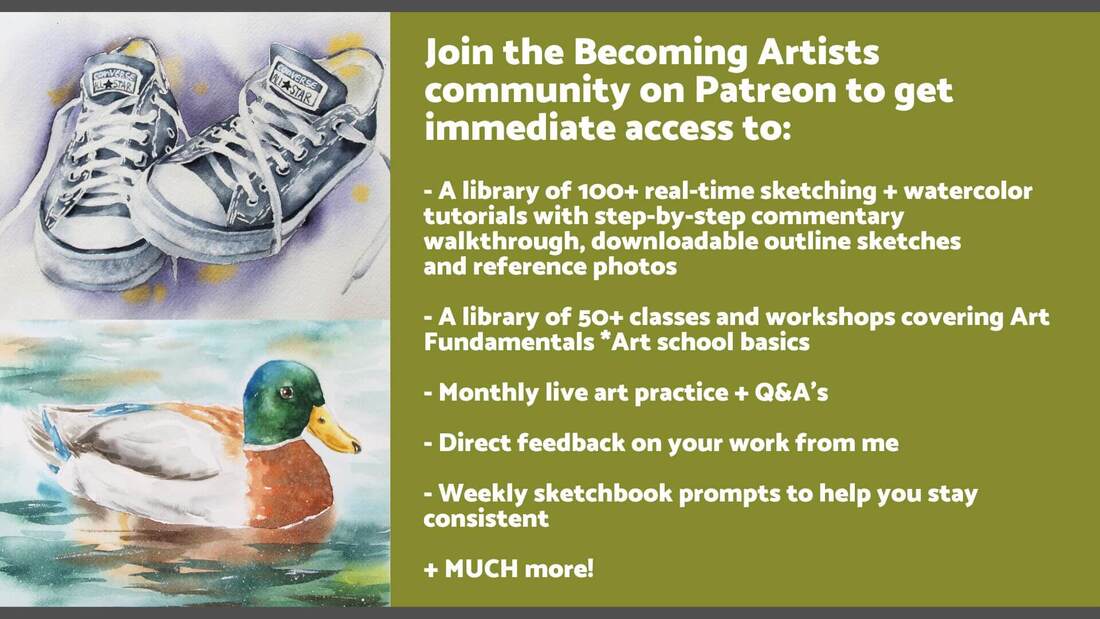
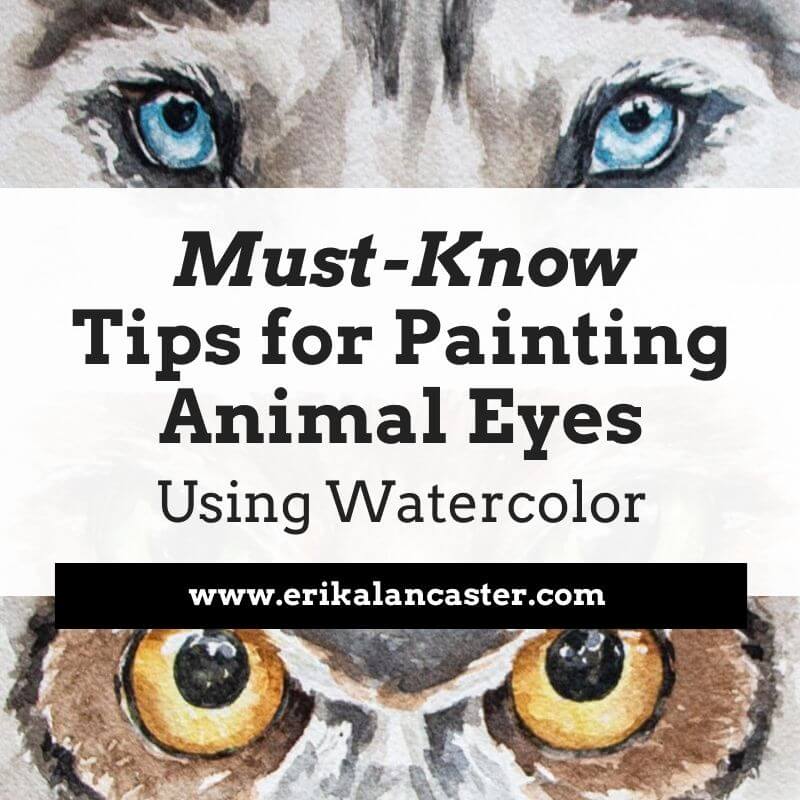
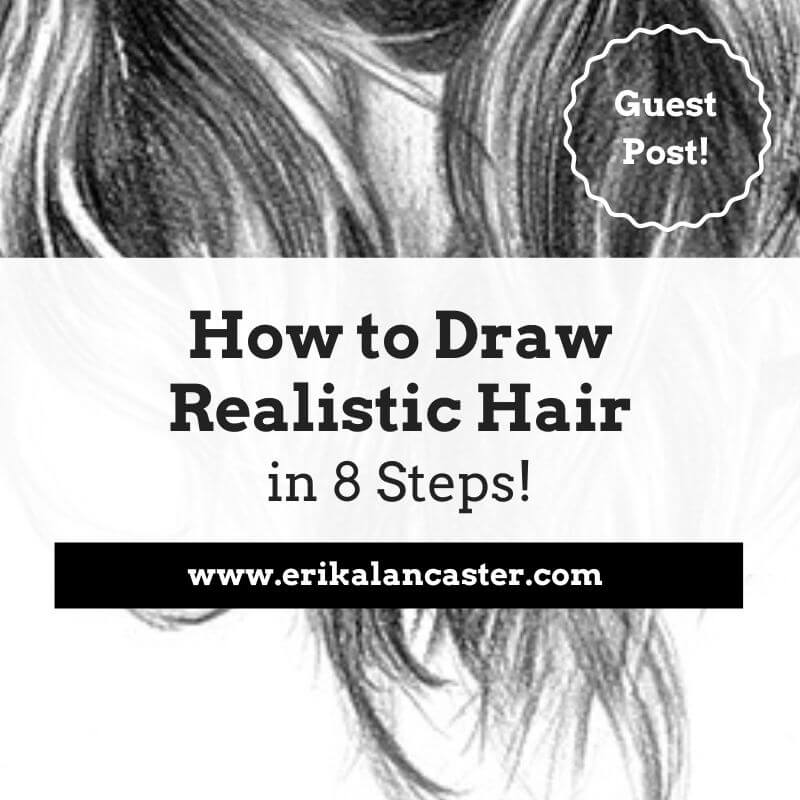
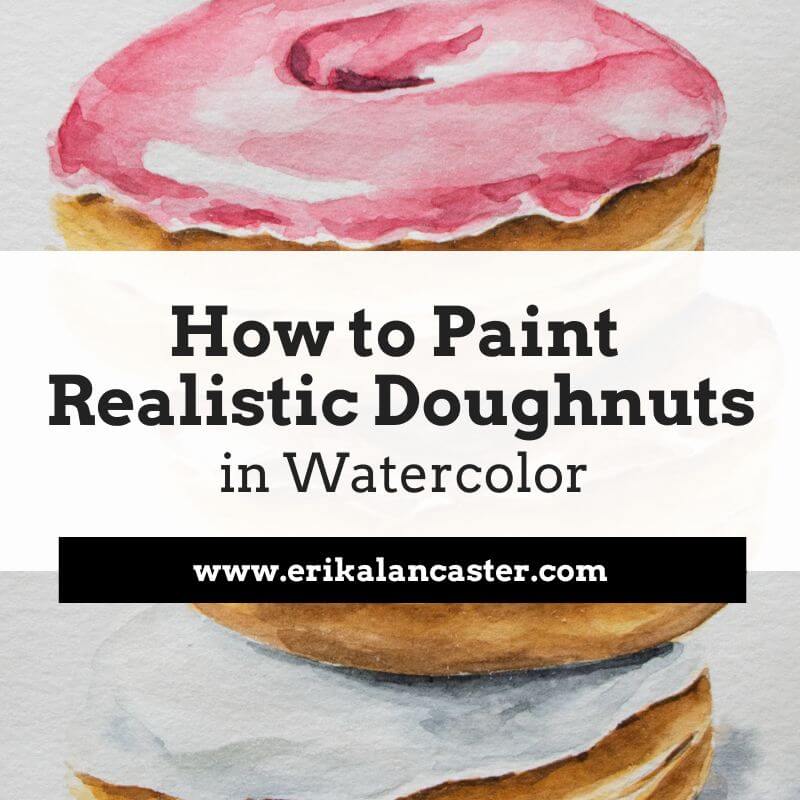
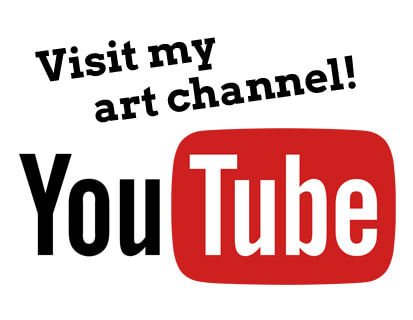
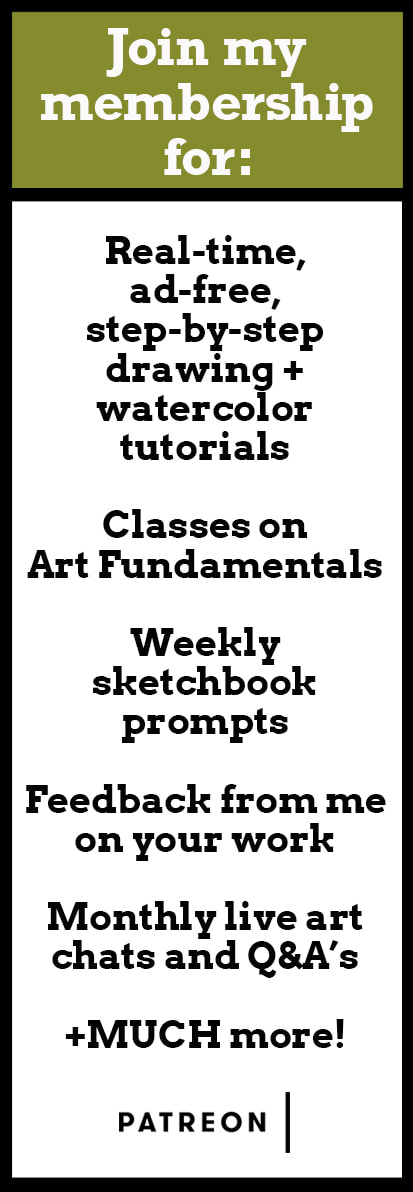
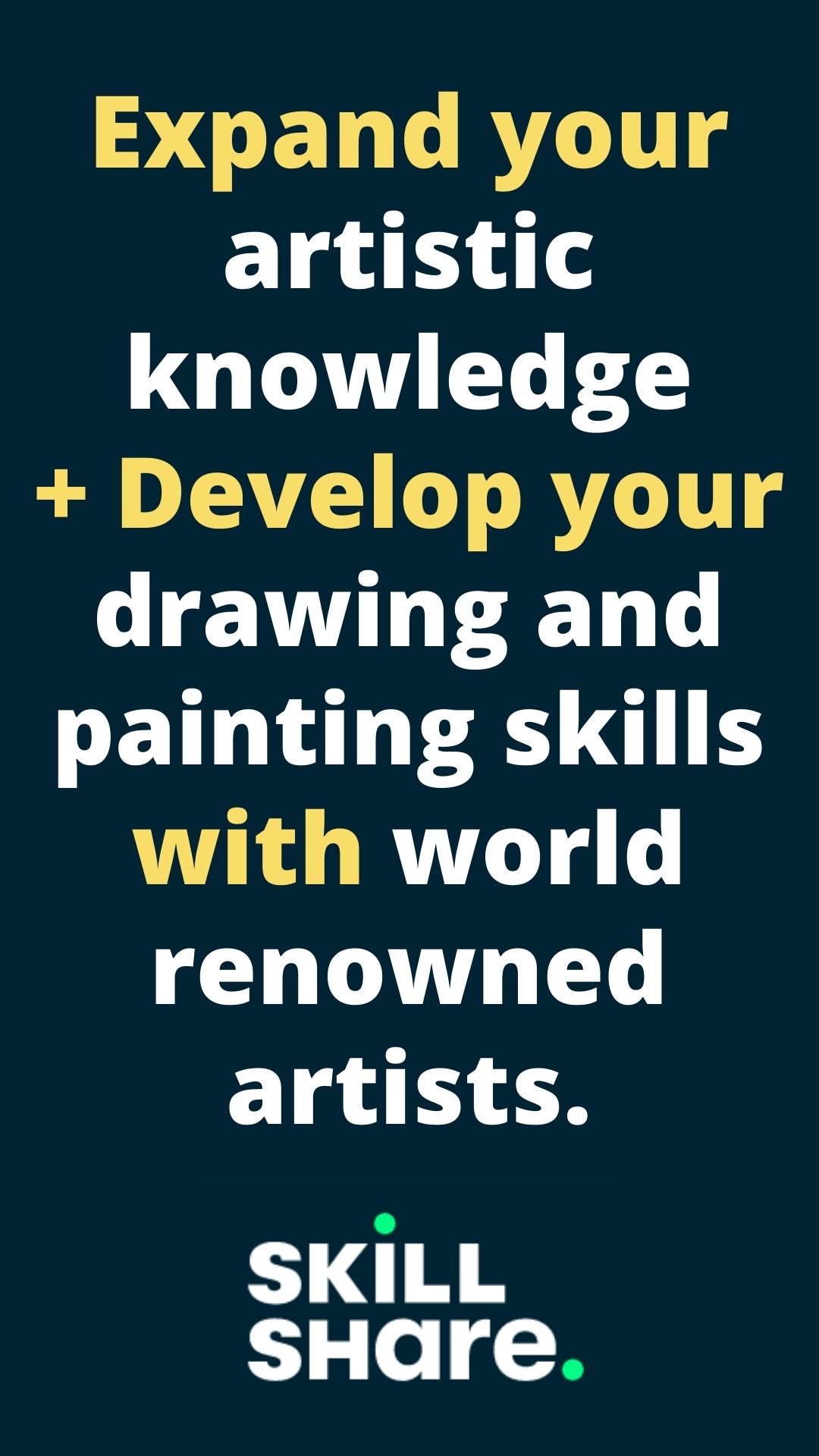

 RSS Feed
RSS Feed

